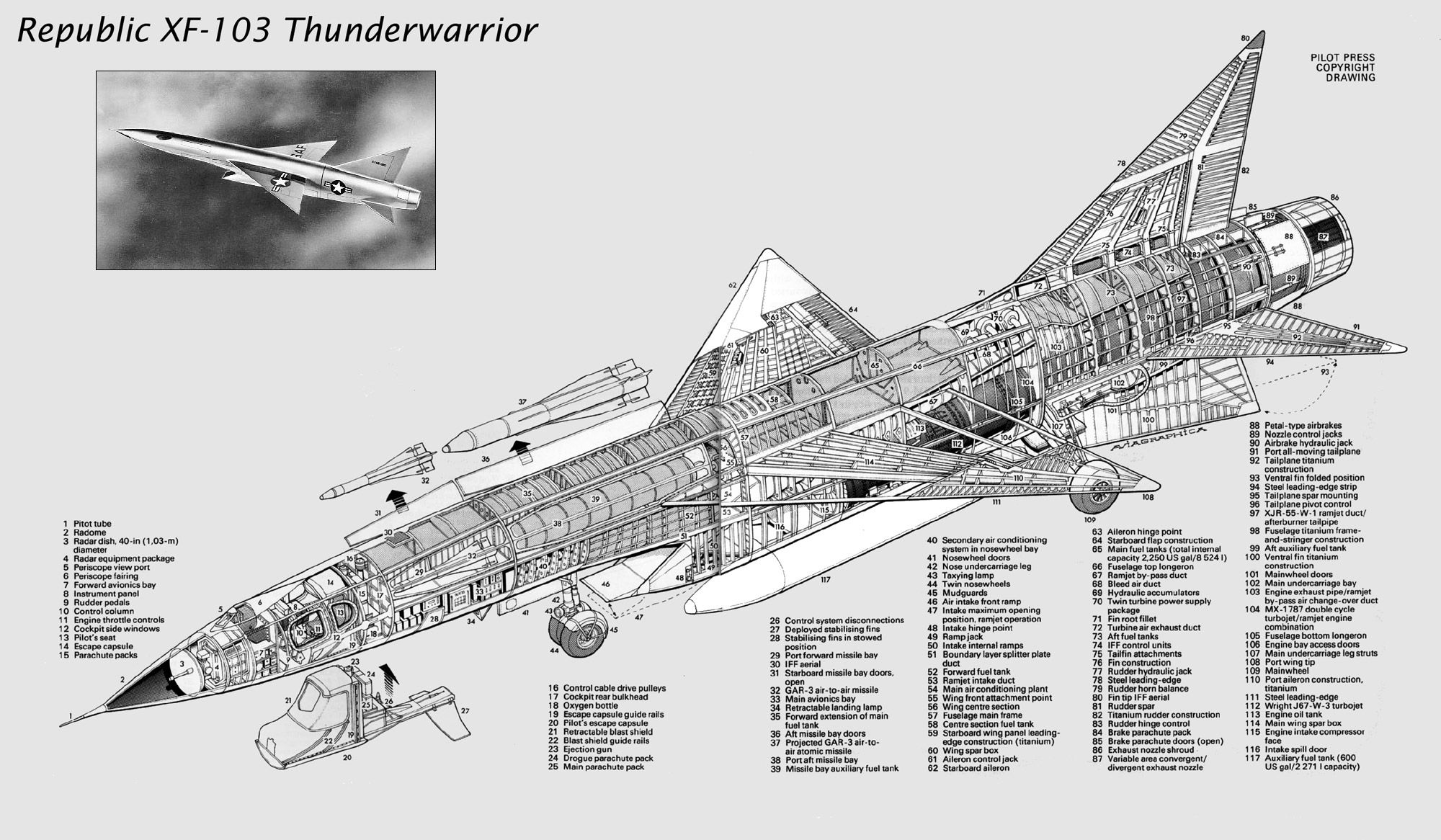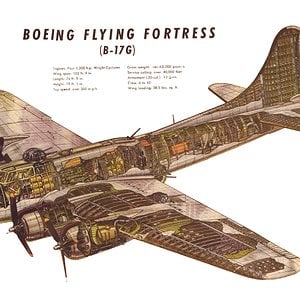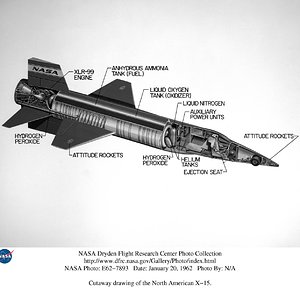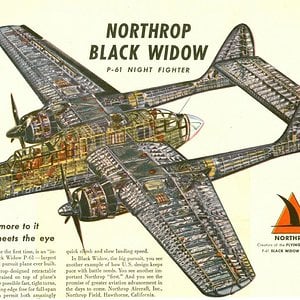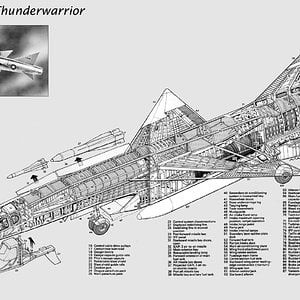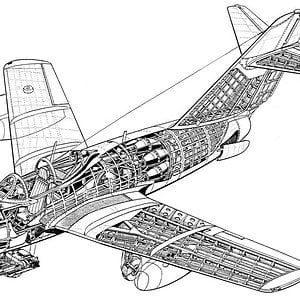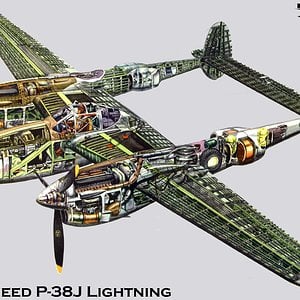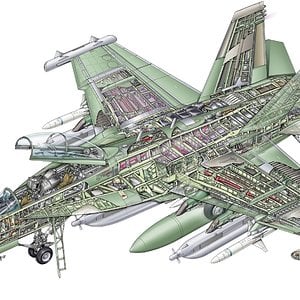Navigation
Install the app
How to install the app on iOS
Follow along with the video below to see how to install our site as a web app on your home screen.
Note: This feature may not be available in some browsers.
More options
You are using an out of date browser. It may not display this or other websites correctly.
You should upgrade or use an alternative browser.
You should upgrade or use an alternative browser.
The North American F-108 Rapier was the company's response to the program LRIX (Long-Range Interceptor Experimental: Experimental Long Range Interceptor) which was launched by the U.S. Air Force on October 6, 1955. The specifications called for an interceptor capable of flying at 60,000 feet (18,000 m) at a speed of Mach 1.7 (1,122 mph - 1795 km / ha that altitude) with a range of 1150 miles (1840 kilometers). He must have a crew of two men, at least two engines and a powerful radar. The contracts for the preliminary studies were awarded to North American, Lockheed and Northrop. The North American proposal, called NA-236, seemed the most promising. But politics and budget constraints led to the cancellation of the May 9, 1956.
After much confusion, the program was relaunched on April 11, 1957 and June 6, 1957, North American received a contract for two prototypes of a long-range interceptor high performance, designated WS F-108 or 202A. The designation of the aircraft factory was NA-257, although it was basically identical to the NA-236.
many subcontractors participate. Hughes Aircraft Corporation would provide the fire control system and the GAR-9 missile, Convair wing, Marquardt control system air induction, Hamilton Standard air conditioning system and pressurization; Federal Division of International Telephone & Telegraph Co., the traffic control system and Speciality Co Electronic mission system radar antenna. The F-108 was to be able to fly at Mach 3 and serve as long-range interceptor to destroy Soviet bombers attacking a along the Arctic before they could approach the U.S. territory and Canada. Expected range of 1,000 nautical miles at cruising speed five minutes of combat at Mach 3, a range of 350 nautical miles at Mach 3 and 10 minutes of combat (also Mach 3). Finally, the F-108 should be able to fly to a specified point at supersonic speed, about an hour patrol in the area, at a rate higher than the target. The F-108 could also be used as an escort fighter for strategic bombers Mach 3 North American XB-70 Valkyrie, which shared its aerodynamic configuration. The USAF expected the first flight of the F-108 will take place in early 1963. Planned order for 480 F-108. The F-108 was a fairly large aircraft, delta wing configuration and planned tailless propel a pair of General Electric J93 turbojet-powered GE-AR intakes variable geometry mounted under the wing roots. The Rapier, as originally conceived, was equipped with canard planes and three vertical stabilizers, one on the fuselage and the remaining pair in the wings to have greater stability above Mach 2. evolved design and canard planes were abandoned and vertical stabilizers on the wing. The delta wing evolved to a double delta wing equipped with winglets in the wing leading edge, which is inclined downward at 45 °, as in the XB-70 bomber. the F-108 was designed for a maximum speed of 3,185 km / h to 23 000 meters and a combat radius of 1,600 km. The pilot and radar operator tandem settled into separate ejection capsule. Series airplanes should be equipped with sophisticated avionics including AN/ASG-18 Hughes radar scanning a range of over 160 km. The F-108 should have been armed with three Hughes GAR-9 missiles located in an internal compartment. GAR-9 missiles, equipped with a rocket engine fuel, were able to reach hypersonic speeds of up to Mach 6, and its scope was on the order of 185 km. GAR-9 missiles used a semi-active radar autonomous and passive infrared sensor to the end of the orientation . The scale model was tested in January 1959, and the first flight was scheduled for March 1961. The popular name was assigned to the interceptor Rapier on May 15, 1959. However, in mid-1959, the U.S. Air Force and was beginning to have some doubts about the high cost of the program Rapier. The strongest strategic threat of the Soviet Union were its ICBMs, relegated the long-range bombers to other tasks (attack / maritime reconnaissance, strategic attack against Europe, launching cruise missiles). Against intercontinental ballistic missiles, the F-108 interceptor would be completely useless. addition, the U.S. Air Force is increasingly convinced that ICBMs could fulfill the mission of the binomial B-70 Valkyrie / F-108 Rapier a much more efficiently and at a much lower cost. In December 1958 the total was reduced F-108 prototype preproduction 31-20. After the September 16, 1959 after President Eisenhower identified as the military financial situation quite serious, due to the amount of funds required for various programs, the Secretary of Defense Neil H. Mc Elroy USAF informed about the government's plans to cut 27,000 staff positions and cancel the project F-108 within thirty days. Consequently, the F-108 project was canceled on September 23, 1959, before the full prototype be built. The total program costs at that time reached 141.9 million dollars. These costs would, however, presented as part of the XB-70 prototypes as the bomber used the escape pod and General Electric YJ93 engine of the F-08 project XB-70 bomber was also canceled after testing Flight of two prototypes, one of which was lost in a fatal accident. 's work on the Rapier was not completely useless. Technological developments in radar AN/ASG-18 Hughes were later used for the project of Lockheed YF-12 interceptor and the GAR-9 missile (AIM-47A designated in 1962) originally developed for the F-108 would be used to arm the YF-12. Moreover, the supersonic bomber North American A-5 Vigilante, developed for the U.S. Navy, kept the fuselage, the hold of weapons and systems developed for the Rapier. In many ways the Watcher can be seen as the successful application of design principles in the design of the Rapier a Mach 2 supersonic bomber. Technical Specifications North American F-108 Rapier Crew: Two Dimensions Length: 27.2 m Wingspan : 17.5 m Height: 6.7 m Wing area: 173.4 m2 Weights Empty: 23,098 kg Maximum takeoff: 46,508 kg Powerplant Two General Electric J93 turbojet-AR-GE thrust of 9480 kg and 13,290 kg dry with afterburning. A Wright Ramjet XRJ55-W-1 with a thrust of 8535 kg. Performance Maximum speed: Mach 3 (3,190 km / h) at high altitude Service ceiling: 24,400 m over Wing loading: 183.4 kg / m2 Relationship Thrust / Weight: 0.56 Combat Radius: 2,033 km Transfer range: 4,000 km Armament Three air-air missiles reaching Hughes GAR-9A (later AIM-47A) in the internal hold weapons.
After much confusion, the program was relaunched on April 11, 1957 and June 6, 1957, North American received a contract for two prototypes of a long-range interceptor high performance, designated WS F-108 or 202A. The designation of the aircraft factory was NA-257, although it was basically identical to the NA-236.
many subcontractors participate. Hughes Aircraft Corporation would provide the fire control system and the GAR-9 missile, Convair wing, Marquardt control system air induction, Hamilton Standard air conditioning system and pressurization; Federal Division of International Telephone & Telegraph Co., the traffic control system and Speciality Co Electronic mission system radar antenna. The F-108 was to be able to fly at Mach 3 and serve as long-range interceptor to destroy Soviet bombers attacking a along the Arctic before they could approach the U.S. territory and Canada. Expected range of 1,000 nautical miles at cruising speed five minutes of combat at Mach 3, a range of 350 nautical miles at Mach 3 and 10 minutes of combat (also Mach 3). Finally, the F-108 should be able to fly to a specified point at supersonic speed, about an hour patrol in the area, at a rate higher than the target. The F-108 could also be used as an escort fighter for strategic bombers Mach 3 North American XB-70 Valkyrie, which shared its aerodynamic configuration. The USAF expected the first flight of the F-108 will take place in early 1963. Planned order for 480 F-108. The F-108 was a fairly large aircraft, delta wing configuration and planned tailless propel a pair of General Electric J93 turbojet-powered GE-AR intakes variable geometry mounted under the wing roots. The Rapier, as originally conceived, was equipped with canard planes and three vertical stabilizers, one on the fuselage and the remaining pair in the wings to have greater stability above Mach 2. evolved design and canard planes were abandoned and vertical stabilizers on the wing. The delta wing evolved to a double delta wing equipped with winglets in the wing leading edge, which is inclined downward at 45 °, as in the XB-70 bomber. the F-108 was designed for a maximum speed of 3,185 km / h to 23 000 meters and a combat radius of 1,600 km. The pilot and radar operator tandem settled into separate ejection capsule. Series airplanes should be equipped with sophisticated avionics including AN/ASG-18 Hughes radar scanning a range of over 160 km. The F-108 should have been armed with three Hughes GAR-9 missiles located in an internal compartment. GAR-9 missiles, equipped with a rocket engine fuel, were able to reach hypersonic speeds of up to Mach 6, and its scope was on the order of 185 km. GAR-9 missiles used a semi-active radar autonomous and passive infrared sensor to the end of the orientation . The scale model was tested in January 1959, and the first flight was scheduled for March 1961. The popular name was assigned to the interceptor Rapier on May 15, 1959. However, in mid-1959, the U.S. Air Force and was beginning to have some doubts about the high cost of the program Rapier. The strongest strategic threat of the Soviet Union were its ICBMs, relegated the long-range bombers to other tasks (attack / maritime reconnaissance, strategic attack against Europe, launching cruise missiles). Against intercontinental ballistic missiles, the F-108 interceptor would be completely useless. addition, the U.S. Air Force is increasingly convinced that ICBMs could fulfill the mission of the binomial B-70 Valkyrie / F-108 Rapier a much more efficiently and at a much lower cost. In December 1958 the total was reduced F-108 prototype preproduction 31-20. After the September 16, 1959 after President Eisenhower identified as the military financial situation quite serious, due to the amount of funds required for various programs, the Secretary of Defense Neil H. Mc Elroy USAF informed about the government's plans to cut 27,000 staff positions and cancel the project F-108 within thirty days. Consequently, the F-108 project was canceled on September 23, 1959, before the full prototype be built. The total program costs at that time reached 141.9 million dollars. These costs would, however, presented as part of the XB-70 prototypes as the bomber used the escape pod and General Electric YJ93 engine of the F-08 project XB-70 bomber was also canceled after testing Flight of two prototypes, one of which was lost in a fatal accident. 's work on the Rapier was not completely useless. Technological developments in radar AN/ASG-18 Hughes were later used for the project of Lockheed YF-12 interceptor and the GAR-9 missile (AIM-47A designated in 1962) originally developed for the F-108 would be used to arm the YF-12. Moreover, the supersonic bomber North American A-5 Vigilante, developed for the U.S. Navy, kept the fuselage, the hold of weapons and systems developed for the Rapier. In many ways the Watcher can be seen as the successful application of design principles in the design of the Rapier a Mach 2 supersonic bomber. Technical Specifications North American F-108 Rapier Crew: Two Dimensions Length: 27.2 m Wingspan : 17.5 m Height: 6.7 m Wing area: 173.4 m2 Weights Empty: 23,098 kg Maximum takeoff: 46,508 kg Powerplant Two General Electric J93 turbojet-AR-GE thrust of 9480 kg and 13,290 kg dry with afterburning. A Wright Ramjet XRJ55-W-1 with a thrust of 8535 kg. Performance Maximum speed: Mach 3 (3,190 km / h) at high altitude Service ceiling: 24,400 m over Wing loading: 183.4 kg / m2 Relationship Thrust / Weight: 0.56 Combat Radius: 2,033 km Transfer range: 4,000 km Armament Three air-air missiles reaching Hughes GAR-9A (later AIM-47A) in the internal hold weapons.

